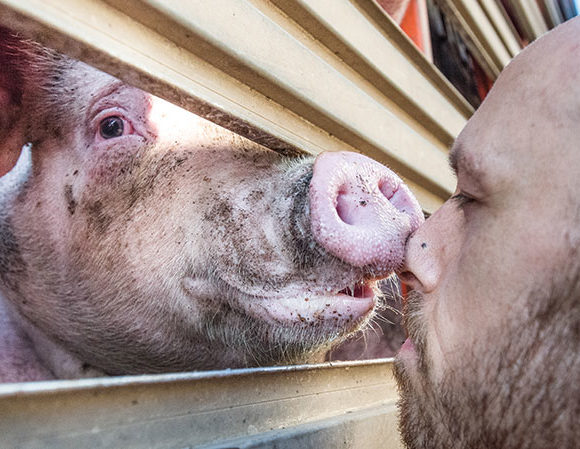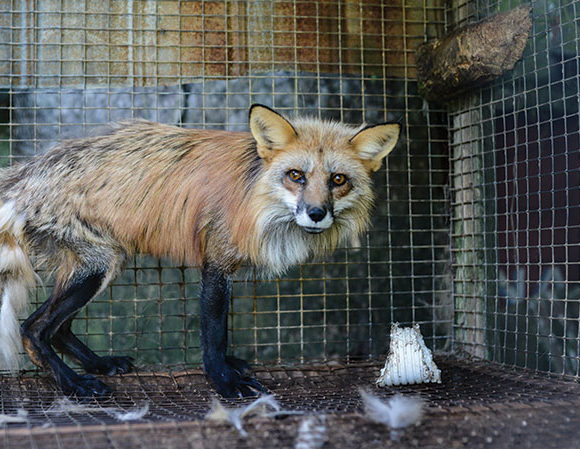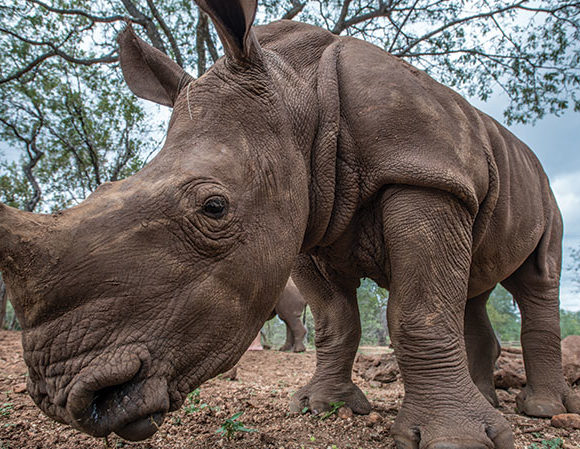Public Relations Guidelines
PR Guidelines
Communicating with key publics is not only essential to businesses but is also the backbone of much animal and environmental protection advocacy as well. Public relations practice should foster mutually beneficial relationships between stakeholders based on truthful communication. Yet the public is often skeptical of PR as self-serving “spin,” especially in terms of a company’s environmental or animal welfare practices. Click through the Guidelines on the photos below to learn how to earn the public’s trust, and create open, honest dialogue that fosters informed decision-making.
Diversity of Nature
Other Media Guidelines
We have articulated guidelines designed to help editors and journalists craft cutting edge, important stories on animal-related issues in ways that meet journalistic criteria of accuracy, fairness, and completeness. Read the full journalism guidelines here.
While advertising plays an important economic and informative role, it can also be harmful if it distracts or dissuades consumers from engaging in sustainable and compassionate practices. Advertisers can be more socially and ecologically responsible by following our Advertising Guidelines. Read them here.
Entertainment is a core activity in public life, which means it is fair to inquire whether entertainment programming contributes to the problem and whether it can be part of a solution for positive social change. Our Entertainment Media guidelines found here provide suggestions.
In a digital age, media communication is no longer just top-down. It’s driven and produced, in part, by citizens, whose voices and actions are needed to diversify media industries and protect nonhuman animals and nature. Learn how to be a responsible and ethical citizen using our guidelines for the general public found here.






